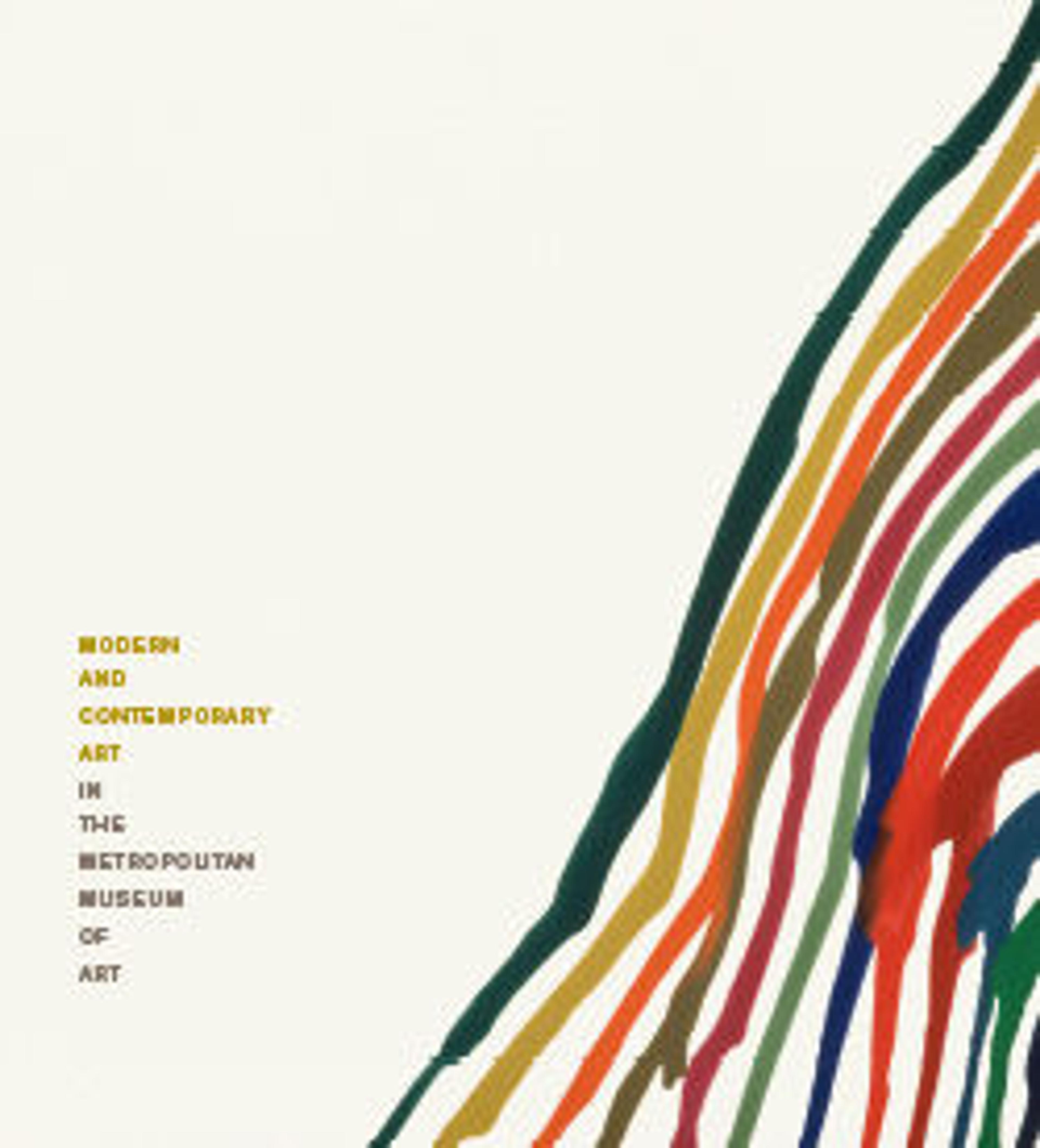Untitled
Untitled is an ephemeral, three-dimensional installation comprised of nails and black, industrial strength cotton thread. The strands of thread are stretched taut between two points, one on the wall, the other on the floor, at parallel, horizontal, and oblique angles. Once assembled, the strands form lines that alternately overlap or run parallel to one another. As the density of threads varies, so too does the degree of opacity and saturation, creating the optical shimmer so characteristic of this body of work. Untitled forms a concave shape—wider at the edges with a void at the center—that appears to surround and embrace the viewer. It resembles a nest or cocoon, inviting associations with security and shelter. At its core, Untitled is a drawing in space: a drawing, that is, that has been spatialized, liberated from the page and realized in the space of the gallery. Untitled also activates many contradictions, such as that between durability and transience, regularity and irregularity, hardness and softness, and austerity and sensuousness.
Artwork Details
- Title:Untitled
- Artist:Kazuko Miyamoto (Japanese, born 1942)
- Date:1977
- Medium:String and nails
- Dimensions:8 ft. 4 in. × 8 ft. 4 in. × 8 ft. 4 in. (254 × 254 × 254 cm)
- Classification:Installations
- Credit Line:Purchase, Bequest of Gioconda King, by exchange, 2018
- Object Number:2018.67
- Curatorial Department: Modern and Contemporary Art
More Artwork
Research Resources
The Met provides unparalleled resources for research and welcomes an international community of students and scholars. The Met's Open Access API is where creators and researchers can connect to the The Met collection. Open Access data and public domain images are available for unrestricted commercial and noncommercial use without permission or fee.
To request images under copyright and other restrictions, please use this Image Request form.
Feedback
We continue to research and examine historical and cultural context for objects in The Met collection. If you have comments or questions about this object record, please contact us using the form below. The Museum looks forward to receiving your comments.
